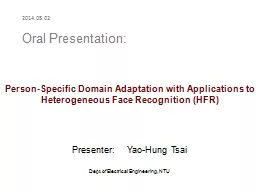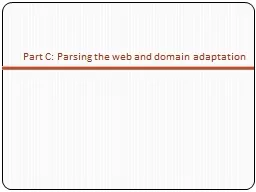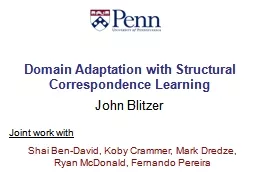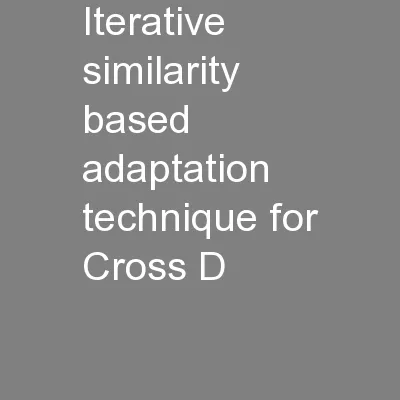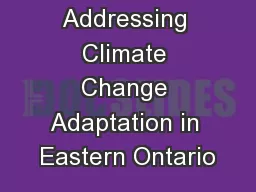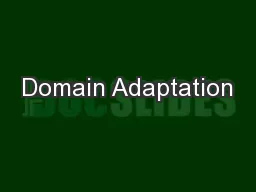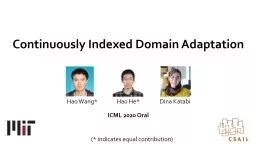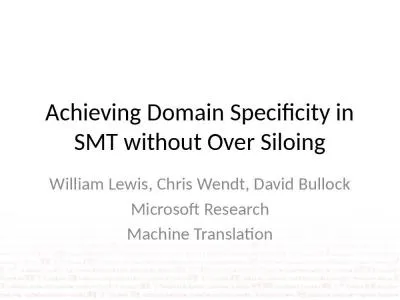PPT-Person-Specific Domain Adaptation with Applications to
Author : liane-varnes | Published Date : 2016-05-07
Heterogeneous Face Recognition HFR Presenter YaoHung Tsai Dept of Electrical Engineering NTU Oral Presentation 20140502 Outline Face Recognition
Presentation Embed Code
Download Presentation
Download Presentation The PPT/PDF document "Person-Specific Domain Adaptation with A..." is the property of its rightful owner. Permission is granted to download and print the materials on this website for personal, non-commercial use only, and to display it on your personal computer provided you do not modify the materials and that you retain all copyright notices contained in the materials. By downloading content from our website, you accept the terms of this agreement.
Person-Specific Domain Adaptation with Applications to: Transcript
Download Rules Of Document
"Person-Specific Domain Adaptation with Applications to"The content belongs to its owner. You may download and print it for personal use, without modification, and keep all copyright notices. By downloading, you agree to these terms.
Related Documents

